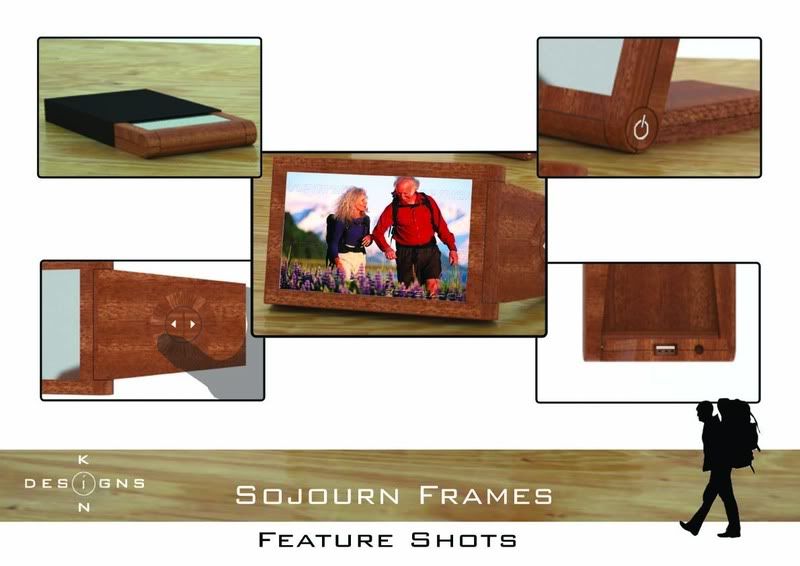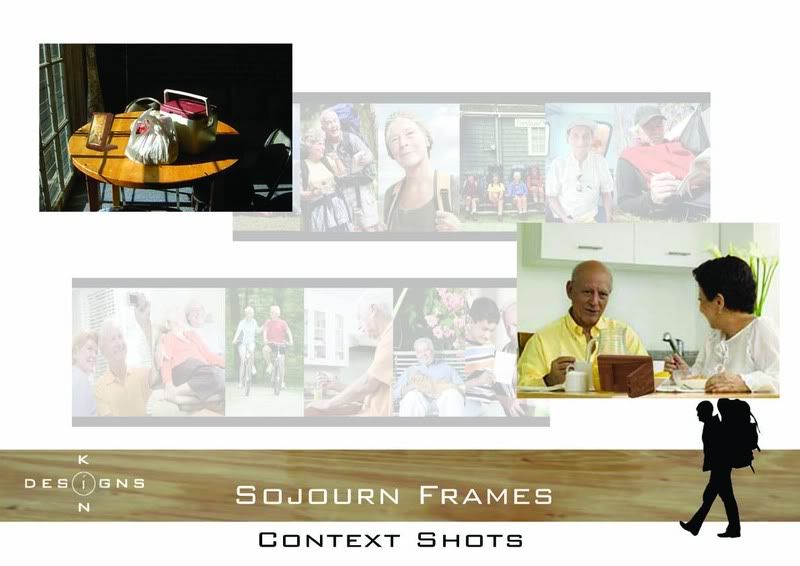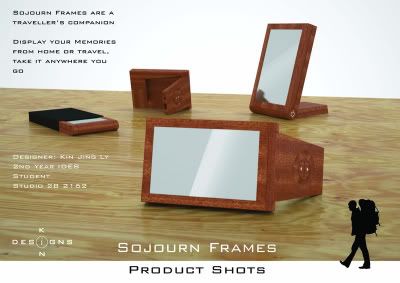Mmm, I haven't posted for a long time but I've had some curious thoughts about Design.
Thoughts that have been floating:
Design methodology in the formal aspect provides us will a fall back structure to aid students in their struggle to design, AND IT IS A STRUGGLE! For the amount of lecturers who say we're crap, clearly we're struggling.
We're being asked, or rather thrown in the deep end and made to develop our own approach to designing. This of course is rather hard having very little experience, but I suppose trial and error would be a way to go non? Too bad, you could be trialing and error'ing the whole of first year again and again until you get it right, or decide to move on.
Having said that why don't they have rudimentary FORMAL design methodologies taught in first year. Yes, letting us tiny children loose in the design will yield shit results, obviously this is the case as many of us probably have the potential but lack the structured design approaches that are gained from experience (but what experience?!)
Then again, teaching formal methods could be a total waste of money and resources considering the drop out rate from the culling season for first year, first semester. I wonder if the Japanese could match their whaling rate with the aforementioned culling rate ...
I think I heard something about knowing too much about detailing, engineering, materials and what not and how this restricts us in terms of creative design. And yet, if you think about it, there are two ways this could work. More restrictions could mean a more driven path of design, or it could mean that the designers would have to think out of the box and actually PROBLEM SOLVE.
Mm on another rant, I also heard from a former student that it's not about the marks, it's about the skills and if the skills are there, it will reflect the marks. But, if you don't care for the marks, then what position are the skills in then? It is about the marks, like it or not. The marks are a reflection of the skill level.
Speaking of reflection, how does one separate themselves from their designs and remain unattached. They say, that people criticise the product aspects, and that they're not criticising you. But the product is an innate reflection of your personal style of designing, the way you think, the way you solve the problem, it is YOUR design. It is a reflection of you! How then are we supposed to divorce ourselves of this aspect when we strive so hard to design and make the product work, to put our heart into it and then say, there it is, I'm free from it now. Elaborate.
A curious thought, that each design is a new slate. You've got nothing to lose, you either move towards your goal a little or a lot, there's no moving back since you're starting from scratch. This one needs more ponder time.
Maybe I just think too much. Or in some cases too little. Curious-ne?

















































